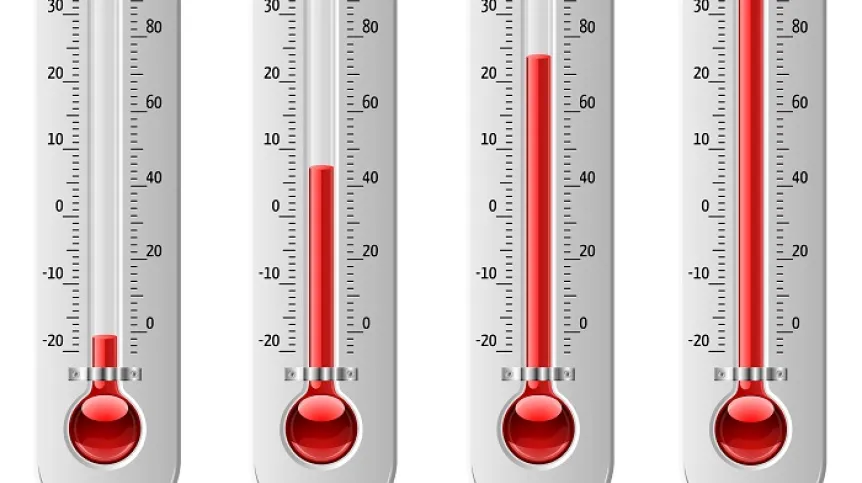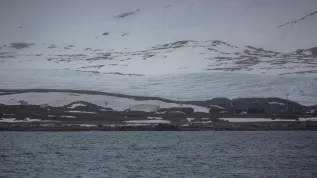
Average annual temperatures in Poland are higher than 70 years ago, says climate scientist Professor Joanna Wibig from the Faculty of Geographical Sciences of the University of Lodz.
She said: “Global warming in Poland is progressing faster than the world average. Annual average temperatures in Poland are nearly two degrees higher than 70 years ago. Winters, during which days with minus temperatures dominate, are rare, and during the day temperatures are usually above zero.”
Experts' observations show that the most intense warming occurs in spring and winter, and the progression is slowest in autumn. In the Łódź region, warming has shifted this area from a zone where negative temperature days prevailed in winter to a zone where the temperature is usually above zero during the day and only drops below zero at night.
The consequence of this is the lack of snow cover. While city dwellers may welcome it, it is a big problem for farmers - a thick layer of snow protects the ground against excessive cooling and loss of soil moisture; without this cover, soil is exposed to frost.
Professor Wibig said: “A period of several days of freezing temperatures can lead to a decrease in winter cereal yields. The lack of snow cover also means a lack of significant water inflow to the soil during spring thaws. In the past, it was a significant injection of moisture before the growing season.
“Now, the water deficit in the soil often begins in early spring. A warmer winter also creates more favourable conditions for pests to survive.”
According to experts, warming has significantly shortened winter (understood as a period with an average temperature below 0 degrees C) and extended summer, a period with an average temperature above 15 degrees. The length of the remaining seasons did not change significantly, but early spring and spring begin and end earlier, while autumn and winter - later.
Climate research also shows that since the mid-20th century, the growing season in the vicinity of Łódź has extended by almost a month. A longer growing season is conducive to the maturation of plants, for which the previous growing season was too short.
Professor Wibig said: “An example is corn, which 30 years ago was grown only for fodder, because the cobs had no chance to mature. Now it is a popular cereal in Poland. While farmers can remedy this problem by delaying sowing, perennial shrubs and fruit trees are at great risk in the years when the last frosts occur during the period of fruit formation.”
There are also more years with the so-called false spring - after several weeks of warming and the start of vegetation, winter returns. A wave of frost during the period of flowering or fruit formation causes huge losses to fruit-growing and natural ecosystems.
According to Professor Wibig, warming is also visible in summer. The average temperature of the summer months has increased by more than 1.5 degrees C. In central Poland, the number of hot days has almost tripled in the last 50 years.
In developed countries, heat is considered the most dangerous meteorological threat to human life. This is especially true in cities, where high temperatures during the day are accompanied by only slightly lower temperatures at night.
Wibig said: “Nights during which the temperature does not fall below 20 degrees C are called tropical nights. In the mid-20th century, such nights were very rare in Poland, they happened once every dozen years. Now they occur very often in cities during heat waves, preventing night regeneration of the body.
“Higher temperature in summer also means much greater evaporation and often accompanying drought, water deficit or low water quality.”
According to the researcher, we should focus on preventing such situations, for example by striving to reduce greenhouse gas emissions into the atmosphere. She said: “The climate crisis is primarily a threat to people. Due to the progressing of global warming, our lives are more difficult, and they may be even harder in the future.”
PAP - Science in Poland, Agnieszka Grzelak-Michałowska
agm/ jann/ kap/
tr. RL













